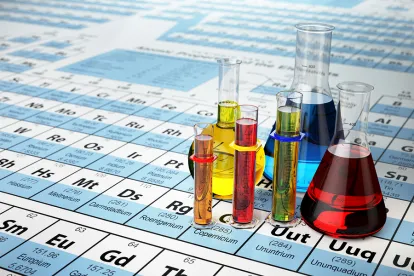On June 9, 2017, the European Chemicals Agency (ECHA) announced that the Committee for Risk Assessment (RAC) “concluded that the available scientific evidence meets the criteria in the [Classification, Labeling and Packaging (CLP)] Regulation to classify titanium dioxide as a substance suspected of causing cancer through the inhalation route.” In May 2016, France submitted a proposal for harmonized classification and labeling (CLH). The proposal’s conclusions on classification and labeling state:
TiO2 should be considered as being potentially carcinogenic to humans when inhaled and thus be classified Carc. Cat 1B-H350i. This classification applied for both fine particles and nanomaterials of TiO2 without being able of any distinction in terms of morphology, crystal phase, and surface treatment.
RAC assessed the carcinogenic potential of titanium dioxide against the CLP criteria and, having considered the available scientific data, concluded that it meets the criteria to be classified as suspected of causing cancer (category 2, through the inhalation route). According to ECHA, RAC concluded that there was insufficient evidence to classify titanium dioxide in the more severe category for carcinogenicity (category 1B) as was originally proposed by France. This more severe category refers to a substance that is presumed to cause cancer. Following adoption, RAC’s opinion will go through a normal editorial check before it is sent to the European Commission for final decision making. The opinion will be made available on ECHA’s website at that time.




 />i
/>i


